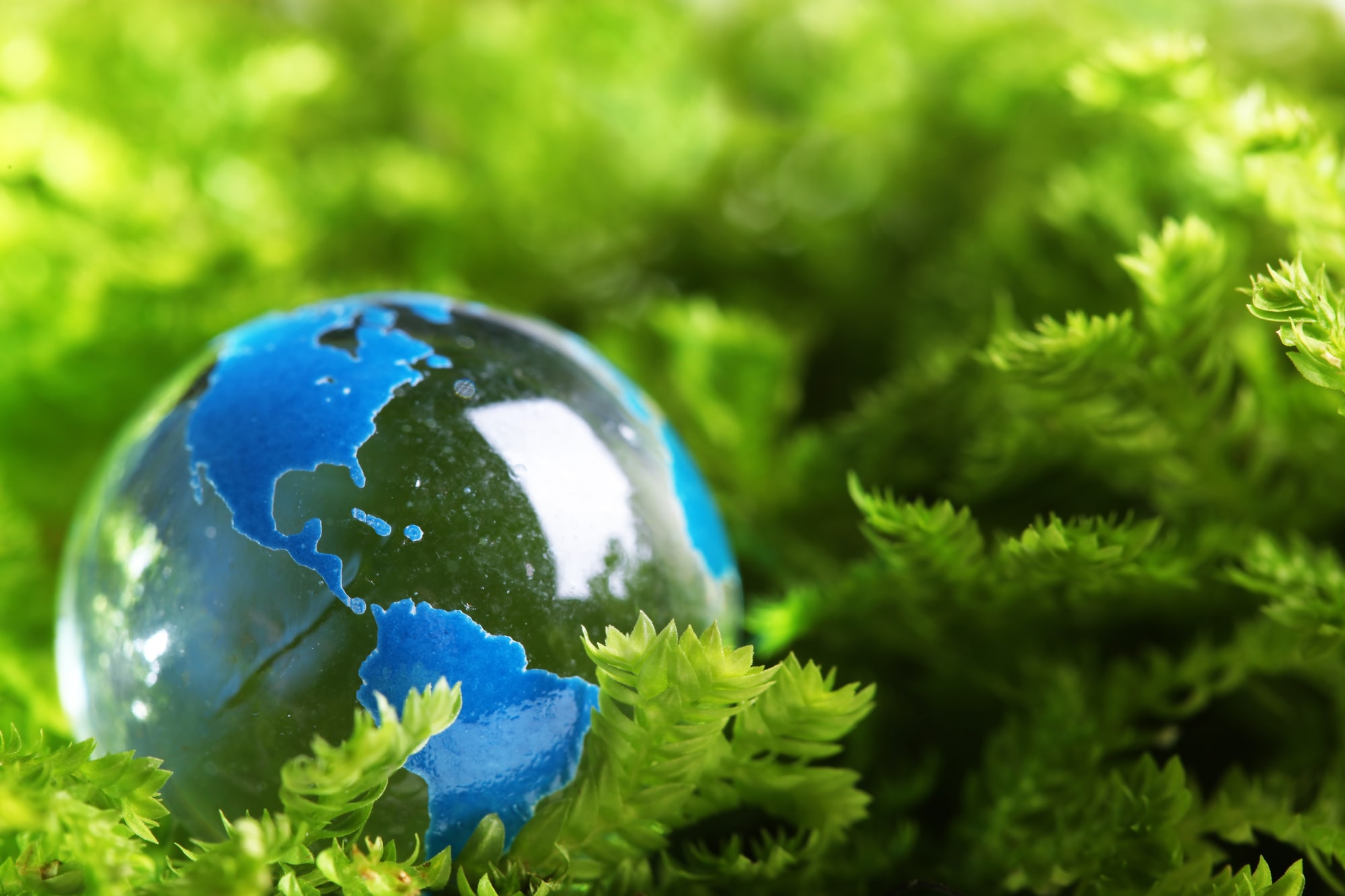The number of Arabian oryxes in a 6,000-square kilometer protected reserve in Abu Dhabi has grown by 22 % since 2007. Aerial surveys have been adopted to count the Arabian oryxes to ensure the broadest possible coverage of the Arabian Oryx Protected Area within the shortest time possible. Conservationists upgrade species status from ‘Endangered’ to ‘Vulnerable.’
From a herd of just 160 oryxes – a species of medium-sized antelope, there are now 946 oryxes, the Environment Agency Abu Dhabi (EAD) has discovered during an aerial survey conducted by a team of specialists. This increase confirms the success of Sheikh Mohamed bin Zayed Arabian Oryx Reintroduction Program, the authority said in a statement quoted by Gulf News.
Arabian Oryx are thriving in Abu Dhabi following the efforts of the Mohamed bin Zayed Arabian Oryx Reintroduction Program, which has increased their numbers from 160 to 946 since 2007, as part of the emirate’s commitment to protecting species in their natural habitat.
The EAD team also took stock of the number of sand gazelles and other species within the borders of the largest natural reserve in the UAE.
The Arabian Oryx population in Wadi Rum is flourishing thanks to the donation of 8 male and 12 female Oryx by the UAE government in 2009. In five years, the breeding program has resulted in more than doubling this number to over 73.
A better understanding of herd
This is the second comprehensive aerial survey of the reserve undertaken by the EAD, with the first having been conducted in March 2017. The data collected helps experts at the EAD better understand the age and sex composition of the Arabian oryx herd and establish a set of technical recommendations to improve reserve management and oryx reintroduction.
“This survey is a major part of our efforts to preserve the Arabian oryx, under the hugely successful Sheikh Mohamed Bin Zayed Arabian Oryx Reintroduction Programme. Our leadership support to establish protected areas across the emirate has been fundamental to protecting species and biodiversity, which were once on the verge of extinction. Arabian oryx is an iconic species of the desert landscape and a symbol of our cultural heritage. It was almost hunted to extinction in the wild in the early seventies and only survived in captivity,” said Dr. Shaikha Salem Al Dhaheri, EAD secretary-general.
Successful breeding
“Thanks to extensive captive breeding of the species undertaken by the late Sheikh Zayed bin Sultan Al Nahyan, the species was saved. With this insight, he successfully launched a program to help preserve the Arabian oryx, increase their numbers, and relocate them for protection. This project has become an example to be followed across the world and represents a great success for protection and captive-breeding programs,” she added.
Dr. Al Dhaheri also attributed the next phase of conservation action and success of the program to the leadership and directions of His Highness Sheikh Mohamed bin Zayed Al Nahyan, Abu Dhabi Crown Prince and Deputy Supreme Commander of the UAE Armed Forces. He reintroduced the Arabian oryx as part of the Abu Dhabi government’s vision to establish the species’ population within the region. Sheikh Mohamed bin Zayed, through his Conservation Fund, has also provided thousands of grants to conserve hundreds of subspecies around the world. Herd translocation
“Within the framework of Sheikh Mohammed Bin Zayed’s program to translocate the Arabian Oryx in the UAE, there are now also around 100 heads in the Houbara Reserve, which is located in the Al Dhafra region and managed by EAD,” said Ahmed Al Hashemi, acting executive director of terrestrial and marine biodiversity at the EAD.
Al Hashemi explained how the program, which has enhanced the position of the UAE on both regional and international levels, is today considered one of the most successful species conservation programs in the world.
Less threatened species
“As a result of the efforts of cooperation in the region and in coordination with international environmental bodies and organizations, several countries were able to increase the number of Arabian oryxes and reintroduce them in several countries in the region. These regional efforts were crowned with extraordinary success in 2011 when the International Union for the Conservation of Nature (IUCN) shifted the status of the Arabian oryx from an Endangered category to the [lesser threatened] category of Vulnerable,” Al Hashemi said.
“The method of aerial surveys has been adopted to count the Arabian oryxes within the reserve to ensure the most extensive possible coverage of the Arabian Oryx Protected Area, within the shortest time possible, and to ensure that the results are accurate. Additionally, the reserve was divided into five different parts due to the size of the study area,” said Khaldoun Al Omari, section manager for TPA management and infrastructure and maintenance at the EAD.
Herd characteristics
“A total of 83 young Arabian oryx calves have been recorded, which accounts for 8.8% of the total size of the herd. Also represented in the herd in reserve are females oryxes, which formed the most significant percentage of the herd size, standing at 76.5 %.
New recommendations
Based on the survey, the study concluded with a series of recommendations, the most important of which was to update the zoning plan of the protected area in proportion to the distribution of the Arabian oryx herds. A ground survey of the reserve was also proposed to confirm the results of the aerial survey.
Experts also recommended that the study should be carried out once every three years, and the current design of the study to be used to make the necessary statistical comparisons. They also discussed the need to provide periodic veterinary surveillance of the herd, with intervention in cases of necessity.



